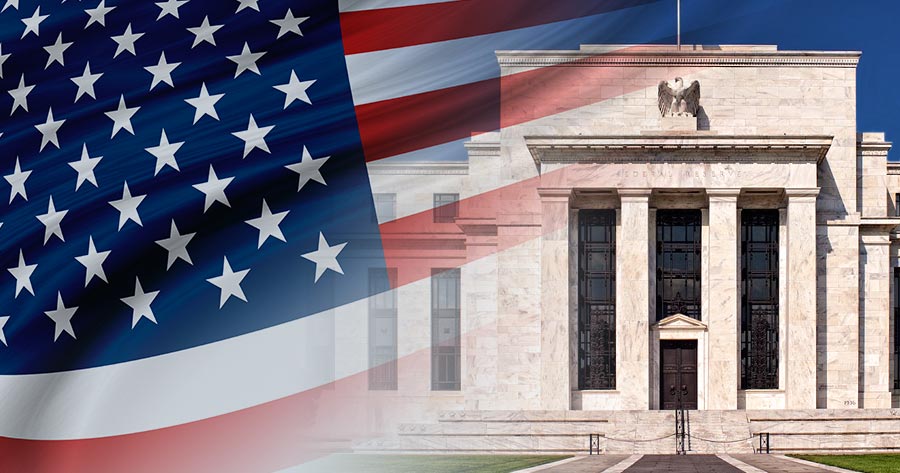Meeting minutes released Wednesday showed that Federal Reserve officials suggested that inflation is coming down, but not enough to prevent further interest rate hikes.
Officials highlighted that inflation is a major concern after the Jan. 31-Feb. 1 meeting, which resulted in a modest rate hike than most since early 2022.
The minutes said inflation “remained well above” the Fed’s 2% target. Labor markets “remained very tight, contributing to continuing upward pressures on wages and prices.”
Hence, the Fed approved a 0.25 percentage point rate increase, the smallest since March 2022. The change set the fed funds rate at 4.5%-4.75%. The minutes noted that the slower pace was backed by strong inflation concerns.
The summary restated members’ belief that “ongoing” rate hikes will be required.
According to January’s economic data, inflation is still a problem, albeit to a lesser degree than it was in summer 2022.
The CPI increased 0.5% from December and is up 6.4% from the same period a year ago. Input costs at the wholesale level, as measured by the producer price index, increased by 0.7% month-over-month and by 6% annually. Both figures were higher than was anticipated by financial markets.
The job market is also in heat, suggesting that the Fed’s rate hikes have not yet trickled down to the rest of the economy despite their impact on the housing market and other rate-sensitive sectors.
As of now, the funds rate is expected to reach a peak of 5.25%-5.5% in May, with the market pricing indicating a high possibility of another quarter-point increase in March and two more increases after that. It would be the highest funds rate since 2001 if the rate ended up in the middle of that range.





